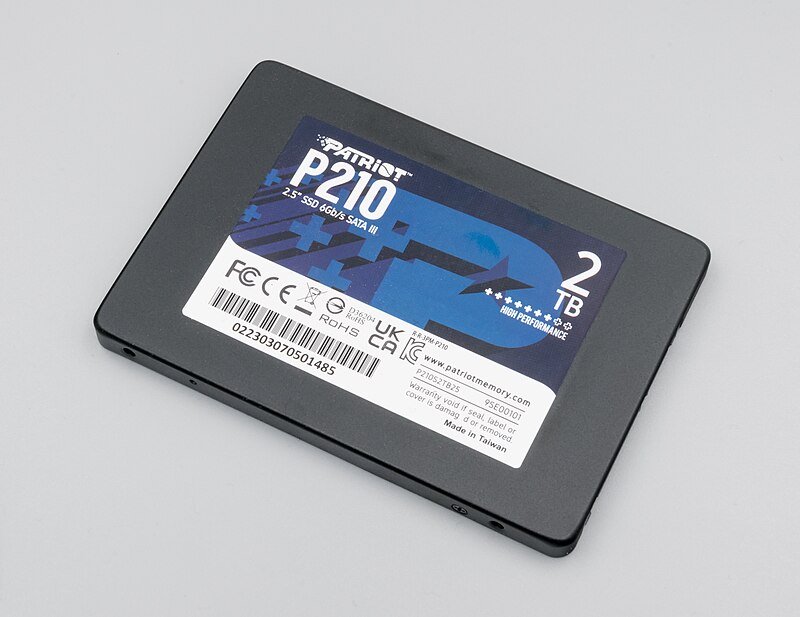Introduction
In today’s rapidly advancing technological landscape, efficient software distribution mechanisms are critical for maintaining system performance and security. MTU (Maximum Transmission Unit) software distribution addresses the need for robust and scalable software delivery across diverse network environments. This article delves into the intricacies of MTU software distribution, its significance, components, and best practices.
What is MTU Software Distribution?
MTU Software Distribution refers to the methodical process of deploying and updating software applications across networked devices, with a focus on managing the Maximum Transmission Unit (MTU) size. The MTU size denotes the largest packet of data that can be transmitted over a network. By optimizing MTU parameters, organizations can enhance network efficiency and ensure seamless software delivery.
Importance of MTU in Software Distribution
- Network Efficiency: Properly configured MTU sizes minimize packet fragmentation, reducing overhead and improving overall network performance.
- Transmission Reliability: Ensuring that packets are within the MTU size limits decreases the likelihood of packet loss and retransmissions.
- Security: Managing MTU settings can mitigate certain types of attack vectors, such as Path MTU Discovery (PMTUD) attacks.
Components of MTU Software Distribution
1. Discovery and Inventory
Before distributing software, it is crucial to discover and inventory all networked devices. This includes identifying the current MTU settings for each device, determining their capabilities, and understanding any restrictions.
Tools and Techniques
- Network Scanners: Tools such as Nmap can help in detecting devices and their configurations.
- Configuration Management Databases (CMDB): CMDB systems store information about hardware and software assets, along with their MTU settings.
2. Software Packaging
Software applications must be packaged appropriately, considering the MTU size to avoid fragmentation. This involves compressing files and segmenting large data sets.
Packaging Methods
- Executable Installers: Self-contained executable files that can be easily distributed.
- Containerized Applications: Using Docker or Kubernetes to encapsulate applications, ensuring consistency across different environments.
3. Distribution Mechanism
The distribution mechanism involves selecting the appropriate method to deliver the software packages. This can be achieved through various protocols and networks.
Methods
- Remote Installation Services (RIS): Deploying software over a network from a centralized server.
- Content Delivery Networks (CDN): Leveraging CDNs to distribute software efficiently across global endpoints.
- Peer-to-Peer (P2P): Using P2P networks to reduce load on centralized servers and accelerate distribution.
4. Scheduling and Automation
Automating the software distribution process can significantly reduce administrative overhead and ensure timely updates.
Tools
- Configuration Management Tools: Tools like Ansible, Puppet, and Chef automate software deployment tasks.
- Task Schedulers: Using cron jobs or Windows Task Scheduler to automate and schedule distribution tasks.
5. Monitoring and Reporting
Continuous monitoring and reporting ensure that the software distribution process is successful and can help in identifying any issues promptly.
Tools
- Network Monitoring Solutions: Tools like Nagios or Zabbix to monitor network traffic and MTU metrics.
- Log Aggregation Services: Using services like ELK Stack (Elasticsearch, Logstash, Kibana) to analyze distribution logs.
Best Practices for MTU Software Distribution
- Standardize MTU Settings: Ensure consistent MTU settings across all networked devices to avoid packet fragmentation.
- Test Before Deployment: Conduct thorough testing in a controlled environment to identify potential issues.
- Optimize Packaging: Segment and compress software packages to fit within the MTU limits and avoid fragmentation.
- Leverage Automation: Utilize automation tools to streamline the distribution process and minimize human error.
- Continuous Monitoring: Implement robust monitoring systems to track distribution performance and address issues proactively.
Summery
Efficient software distribution is vital for maintaining system performance and security in any organization. By understanding and optimizing MTU settings, leveraging the right tools, and adhering to best practices, organizations can ensure seamless and reliable software delivery across their networks. As technology continues to evolve, the principles of MTU software distribution will remain foundational to achieving optimal network performance and software management.
By following the detailed approach outlined above, IT professionals can effectively manage software distribution, ensuring that the process is smooth, efficient, and aligned with organizational goals.
provide examples of MTU software distribution success?
Certainly! Here are a few examples of organizations successfully leveraging MTU software distribution to enhance their network efficiency, improve software deployment, and ensure robust performance:
1. TechCorp International: Streamlined Global Software Updates
Background:
TechCorp International, a multinational technology company, faced challenges in updating software across its global offices. The diverse network environments and varying MTU settings posed significant obstacles to seamless software distribution.
Solution:
TechCorp implemented a standardized MTU configuration across all its locations. By leveraging content delivery networks (CDNs) and containerized applications, they optimized software packaging and distribution. They also utilized configuration management tools like Ansible to automate the entire deployment process.
Results:
- Reduced Update Times: Software updates that previously took days were completed in a matter of hours.
- Improved Network Efficiency: Standardizing MTU settings minimized packet fragmentation, enhancing overall network performance.
- Increased Reliability: The streamlined process resulted in fewer failed installations and reduced administrative overhead.
2. HealthNet Services: Secure and Efficient Medical Application Deployment
Background:
HealthNet Services, a provider of healthcare IT solutions, needed to deploy critical medical applications to hospitals and clinics efficiently while ensuring data security and compliance.
Solution:
HealthNet adopted a peer-to-peer (P2P) distribution model to leverage local network resources, reducing the load on central servers. They also used Docker containers to ensure application consistency across different environments. To manage MTU settings, they incorporated network monitoring tools like Zabbix for continuous optimization.
Results:
- Enhanced Security: By managing MTU settings, HealthNet mitigated risks associated with packet fragmentation and potential attacks.
- Faster Deployments: The P2P model accelerated software distribution, leading to quicker rollouts of critical updates.
- Compliance Assurance: Continuous monitoring ensured that all deployments met stringent healthcare regulations.
3. EduTech Solutions: Efficient Software Delivery in an Educational Setting
Background:
EduTech Solutions, a provider of educational software for schools, faced difficulties in deploying updates to hundreds of schools with varying network capabilities.
Solution:
EduTech employed remote installation services (RIS) and automated task schedulers to manage software updates efficiently. They standardized MTU settings across all schools and used lightweight executable installers to fit within MTU limits.
Results:
- Significant Time Savings: Automated updates reduced the need for manual intervention by IT staff at each school.
- Increased Adoption: The ease and reliability of the update process led to higher adoption rates of new software versions.
- Network Performance: By optimizing MTU settings, EduTech ensured that network performance remained stable during mass deployments.
4. FinanceCorp: Robust Financial Software Updates Across Branches
Background:
FinanceCorp, a financial services company, needed to distribute critical software updates across its many branches securely and efficiently.
Solution:
FinanceCorp utilized a combination of CDNs for large-scale deployment and configuration management databases (CMDB) for inventory management. They implemented compression techniques to ensure software packages stayed within the MTU size limits. Task automation with Puppet and continuous monitoring through the ELK stack provided end-to-end management of the distribution process.
Results:
- Enhanced Security: The approach reduced the risk of data breaches during software updates.
- Seamless Integration: The use of CMDB ensured that updates were compatible with existing systems at each branch.
- Comprehensive Monitoring: Real-time monitoring allowed FinanceCorp to quickly identify and resolve issues, ensuring minimal downtime.
Conclusion
These examples illustrate the diverse applications and significant benefits of MTU software distribution across various industries. By standardizing MTU settings and leveraging advanced tools and strategies, organizations can achieve efficient, secure, and reliable software distribution, leading to improved operational performance and user satisfaction.


